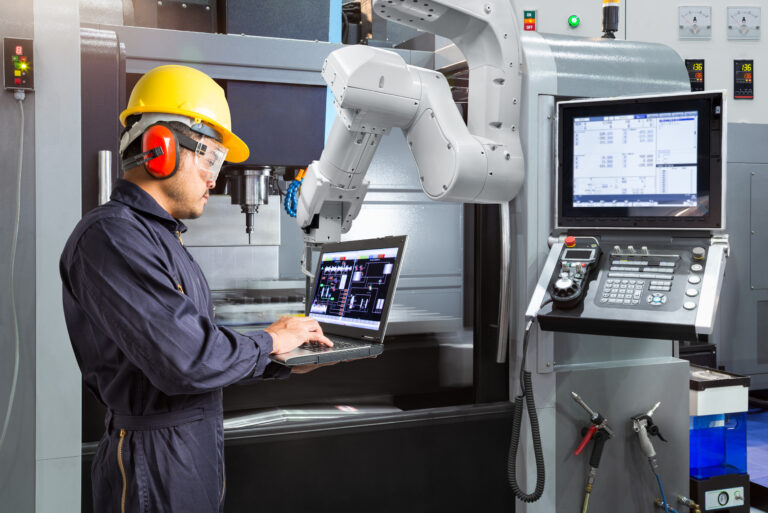Manufacturing is an integral part of the American story. We love to hear about the hard-working, proud craftsman of the past who stretched the boundaries of what was thought possible. We see the things they built and are amazed. We appreciate how American manufacturing has evolved over the last century as new opportunities and challenges have come along. And we like to imagine where it will go in the future.
Force Design has also grown and evolved over the last 20 years. Starting from a two-person mechanical design firm and growing into a custom automation equipment company has brought many changes over the years. We have observed time-proven practices, adopted new technologies and had fun creating machines that whirr and click and spit out products. Our new website shows how we currently help manufacturing companies do great work, boost efficiency, increase profits, and be prepared for the future. We are excited about the current trends we see in manufacturing and want to highlight a few.

New Face of Manufacturing
Manufacturing companies, suppliers, educational institutions, and communities have been working hard for the last few years to change the public perception of the manufacturing environment. The days of dirty, dark, and dangerous factories are over. Old factories are being replaced with sleek, modern facilities and equipment. Today’s manufacturing is increasingly high tech, interesting, clean and full of career opportunities for anyone wanting to engage. Many companies are willing to train for skilled positions, pay for tuition and provide robust compensation packages for their employees. These are the factories of the future and we see them coming quickly.
Automation for the Masses
Historically, due to cost and complexity, customized automation was primarily utilized for…
- Large companies with high product throughput
- Tasks that were dangerous or difficult for humans to perform
- Processes requiring more accuracy, speed or consistency than humans could obtain
However, over the last few years, the introduction of new technologies and the economizing of machine components has allowed many mid-size and smaller manufacturing companies to incorporate and enjoy the benefits of automation. Areas we see smaller companies deploying automation equipment include…
- Robots used for machine tending, packaging, and material handling
- Economical vision and measurement systems for inspection and quality control
- Small and easily adaptable machines for assembling diverse components
These companies have seen quick returns on their investments, improvements in quality and an increase in employee job satisfaction.
Smart Machines
Advances in industrial controls intelligence (AI) combined with data collection capabilities and robust communication networks allow manufacturing companies to get more return on their equipment investment. In addition to automating their manufacturing processes, they can…
- Monitor the life cycle of machine components and plan preventative maintenance schedules to minimize machine downtime and production interruptions
- Analyze production data and make on-the-fly adjustments to increase efficiency and quality
- Remotely monitor machine utilization, error codes and production efficiency
These advances can make the machines in a production facility not only tools to get work done but also analysts on how to do it better.
These are only a few of the many things we see happening in our manufacturing world, but it’s enough to make us believe the future is going to be exciting. According to Market Research Future, the Global Industrial Automation Market is expected to grow to 149 Billion USD by 2022, at 6% of CAGR between 2016 and 2022. The future is clearly bright, and we want to be a part of it.
If you are considering automation for your process and want help determining your return on investment (ROI) check out our ROI Calculator.




